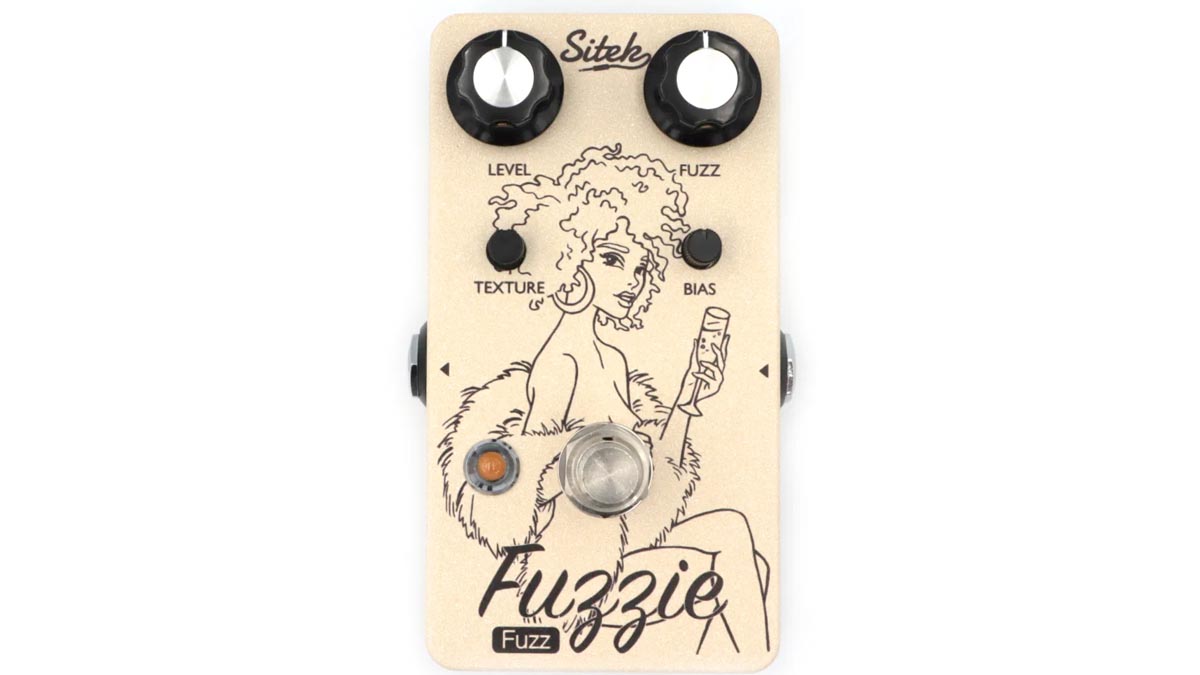Sitek freshens up its Fuzzie Fuzz with a texture control and revamped output
V2 of the dynamic germanium fuzz has an all-analogue signal path designed from new old stock transistors and a JFET buffer

Sitek Guitar Electronics has launched the Fuzzie Fuzz V2, a reworked version of its germanium fuzz pedal that offers a similarly touch-sensitive feel with extra control over the character of the effect.
The Fuzzie Fuzz V2 is designed to offer a wide range of fuzz tones, from vintage breakup to a super-peachy fuzz, rich in harmonics and sustain. Sitek says it has also updated the output of the pedal, giving it a little more oomph, and voiced the pedal for "extra smooth violin fuzz tones."
Finished in a powder-coated Champagne Sparkle, the enclosure has controls for Level and Fuzz, with mini-controls for Texture and Bias allowing you to dial in smooth drive, super-aggro tones or somewhere in between.
Keeping your signal 100 per cent analogue, the Fuzzie Fuzz V2 circuit features new old stock germanium transistors and a JFET buffer. With its impedance matching circuit, you can place the pedal before or after a buffer in the signal path.
The Fuzzie Fuzz V2 is true bypass, features a DeMont Smooth-Click footswitch, is powered by a 9V battery or DC supply, and ships now, priced £125 / $165. It comes with a five-year warranty.
See Sitek for more details.

Get the MusicRadar Newsletter
Want all the hottest music and gear news, reviews, deals, features and more, direct to your inbox? Sign up here.
Jonathan Horsley has been writing about guitars and guitar culture since 2005, playing them since 1990, and regularly contributes to MusicRadar, Total Guitar and Guitar World. He uses Jazz III nylon picks, 10s during the week, 9s at the weekend, and shamefully still struggles with rhythm figure one of Van Halen’s Panama.
“A fully playable electro-mechanical synth voice that tracks the pitch of your playing in real time”: Gamechanger Audio unveils the Motor Pedal – a real synth pedal with a “multi-modal gas pedal”
“Instead of labouring over a perfect recreation, we decided to make an expanded counterpart”: Chase Bliss teams up with Mike Piera for Analog Man collab based on the legendary King Of Tone










